A widely acclaimed versatile performer, Miriam Hopkins was a leading lady in the 1930s. Before her death, Hopkins appeared in over 50 motion picture projects, earning two stars (one for film and another for television) on the Hollywood Walk of Fame. The actress was already an established Broadway star before giving the silver screen a chance, leaving a lasting legacy in the industry.
She signed with Paramount in 1930 and gained initial fame for her performances in projects such as The Smiling Lieutenant (1931), Dr. Jekyll and Mr. Hyde (1932), Trouble in Paradise (1932), The Story of Temple Drake (1933), and Becky Sharp (1935). The latter earned her an Oscar nomination for Best Actress and has been selected for the National Film Registry alongside two other projects from her filmography.
Miriam Hopkins’ Early Life and Education
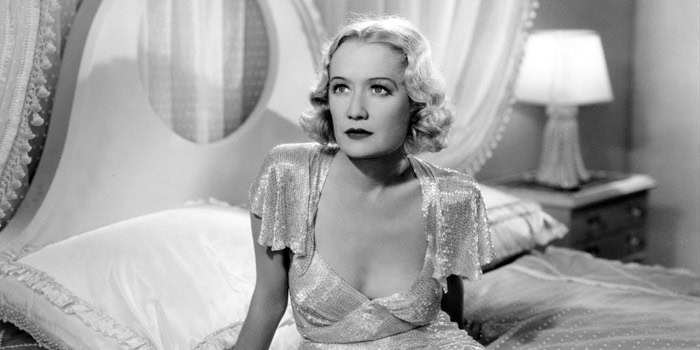
An American by nationality, Miriam Hopkins was born in Savannah, Georgia, on October 18, 1902. She was raised by rich parents who provided her with the best education. Her maternal great-grandfather was the fourth mayor of Bainbridge. As such, Hopkins grew up in Bainbridge alongside an older sister, Ruby (1900–1990) in a home on Whitaker Street and sang in the choir.
Miriam Hopkins attended Goddard Seminary in Plainfield, Vermont, and graduated from Syracuse University in New York State. She moved to Syracuse with her mother after her parents’s divorce. Subsequently, Hopkins studied dance in New York, appearing in local musicals in her budding years. By 1928, her career had gathered steam as she became a regular on the stage, performing in numerous Broadway productions.
Tracing The Career Footprints of Miriam Hopkins as a Screen Sensation
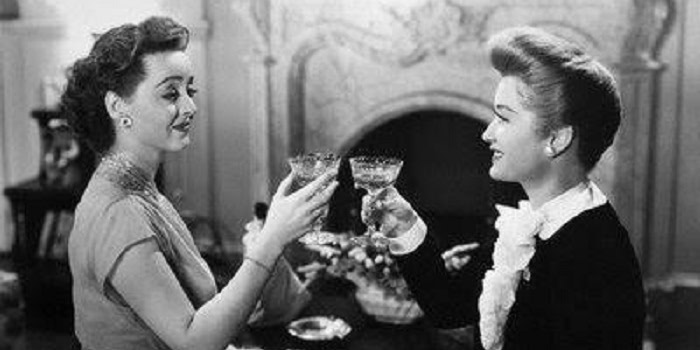
Miriam Hopkins built an illustrious screen career that began with a 1928 short Paramount film, The Home Girl. After signing a contract with Paramount in 1930, she made her feature film debut the same year, portraying Marion Lennox in Fast and Loose. A string of stellar performances followed with Hopkins appearing in three films in 1931, including 24 Hours and Dr. Jekyll and Mr. Hyde. In 1932, she appeared in Trouble in Paradise as Lily, her second time working with director Ernst Lubitsch.
The World and the Flesh and Two Kinds of Women are some of her 1932 films. Hopkins starred alongside Joel McCrea in the 1934 romantic comedy film, The Richest Girl in the World, the first of five collaborations between the actors. She set a record with her appearance in the titular role in Becky Sharp (1935), earning an Academy Award nomination for Best Actress in a movie that goes down in history as the first feature film made in three-strip Technicolor.
Miriam Hopkins rounded up the 1930s with more film projects such as Barbary Coast (1935), Men Are Not Gods (1936), The Woman I Love (1937), and The Old Maid (1939). In 1940, she co-starred with Errol Flynn in Virginia City and portrayed Mrs. Leslie Carter in Lady with Red Hair. Hopkins starred in her second film with Bette Davis in 1943, playing Millie Drake in Old Acquaintance. She earned a Golden Globe nomination for her performance in The Heiress (1949). Her last film role was in Savage Intruder (1970).
Miriam Hopkins Mostly Made Guest Appearances on Television
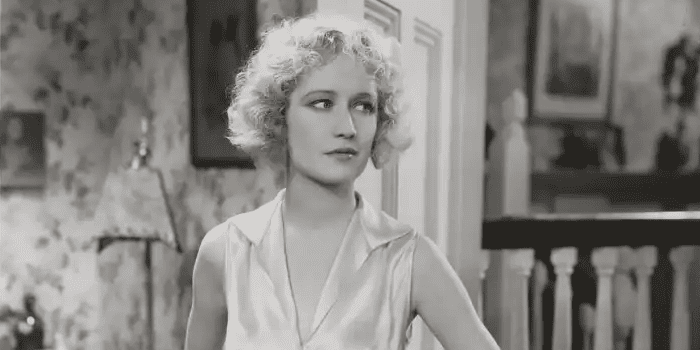
While she gained fame on the silver screen, Miriam Hopkins also appeared in numerous television series. She made her small screen debut in 1949 on The Chevrolet Tele-Theatre. In 1951, she appeared in guest roles on shows like Pulitzer Prize Playhouse, Betty Crocker Star Matinee, and Lux Video Theatre. Hopkins played Harriet Eldridge on two episodes of Whistler in 1954. Her final television appearance was on The Flying Nun in 1969.
She Was Married and Divorced Four Times
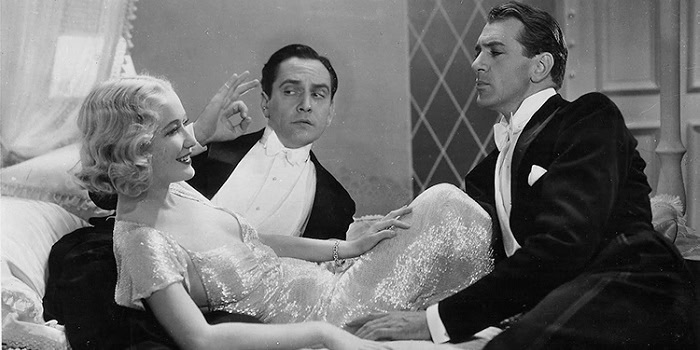
Miriam Hopkins was first married to actor Brandon Peters in a union lasting from May 11, 1926, to May 31, 1928. Her next marriage was to aviator and screenwriter Austin Parker from June 2, 1928, to May 2, 1932. On September 4, 1937, Hopkins married her third husband, director Anatole Litvak, after working on the film The Woman I Love with him. Her fourth and final marriage was to war correspondent Raymond B. Brock from October 23, 1945, to April 25, 1951.
All four marriages didn’t produce a child for Miriam Hopkins. However, she adopted a son, Michael T. Hopkins in 1932. During this time, adopting as a single parent was illegal in most states in the U.S. but she pulled it off between marriages. She adored Michael so much and called him the most important person in her life. Hopkins’ son worked in the U.S. Air Force before his death on October 5, 2010.
How Did Miriam Hopkins Die?
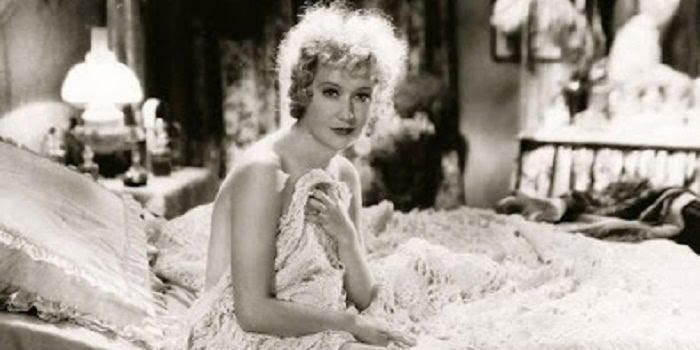
Miriam Hopkins’ cause of death is ruled as heart attack. The legendary actress died on October 9, 1972, in New York City. Before her death, she had a premonition of the looming tragedy as concerns about her health worsened. Hopkins knew she shouldn’t be traveling during this time but flew to New York to attend several events, including a gala party in her honor and the special screening of The Story of Temple Drake.
It was a celebration of her 60th anniversary of Paramount Pictures which rounded up with the party at the Museum of Modern Art. Sadly, Hopkins suffered a heart attack in her hotel suite before she could travel back to her California home. Miriam Hopkins was buried in Oak City Cemetery in Bainbridge, Georgia. For another iconic TV actor, read more about about the life and death of Breaking Bad actor Mark Margolis.
 Follow Us
Follow Us





